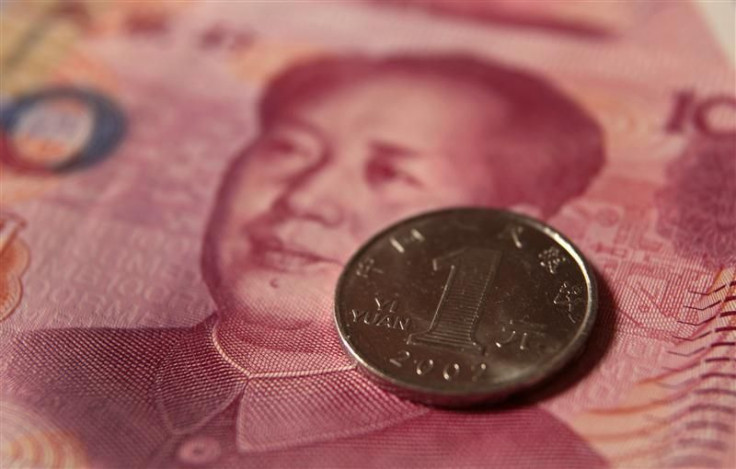China’s Industrial Output Growth Slows Down In July

China’s industrial production grew at a reduced pace in July compared to June indicating that the weakening global demand and the debt burden faced by the euro zone are adversely affecting the country's economy.
The data released Thursday by the National Bureau of Statistics showed that China's industrial production rose by 9.2 percent in July compared to the same month a year earlier, down from 9.5 percent increase in June.
The report comes after it was announced Thursday that the rate of inflation in China slowed down in July from the previous month, showing signs of a gradual decline in the price pressure to make room for monetary easing. Data from the National Bureau of Statistics show that the consumer price index of China rose 1.8 percent in July from a year earlier, down from 2.2 percent in June. Beijing had earlier said that China's consumer price inflation target for the year would be around 4 percent.
The diminishing inflation should be good news because it can help the government invigorate growth without much concern for the rising prices. Last month, the People's Bank of China cut interest rates for a second time this year. The one-year benchmark lending rate was reduced by 31 bps, taking it to 6 percent.
There have been fears of a hard landing after data showed earlier last month that China's economy slowed down to 7.6 percent in the second quarter, down from 8.1 percent in the first quarter. Beijing is targeting a growth rate of 7.5 percent this year. In 2011 and 2010, the economy grew by 9.2 percent and 10.4 percent, respectively.
The continuing debt crisis in Europe and the tentative U.S. recovery have hurt the demand for exports, the key driver of China's economy. The International Monetary Fund has warned that the escalation of the euro zone debt problems could slash China's 2012 GDP growth in half.
Beijing's goal this year will be to promote a steady and robust economic development, keep prices stable and guard against financial risks by keeping money and credit supplies at appropriate levels while being cautious and flexible. China's investment-driven economic model, though successful for decades, is no longer seen as sustainable with the consensus that reforms will be needed to prevent a sudden downturn.
© Copyright IBTimes 2024. All rights reserved.




















